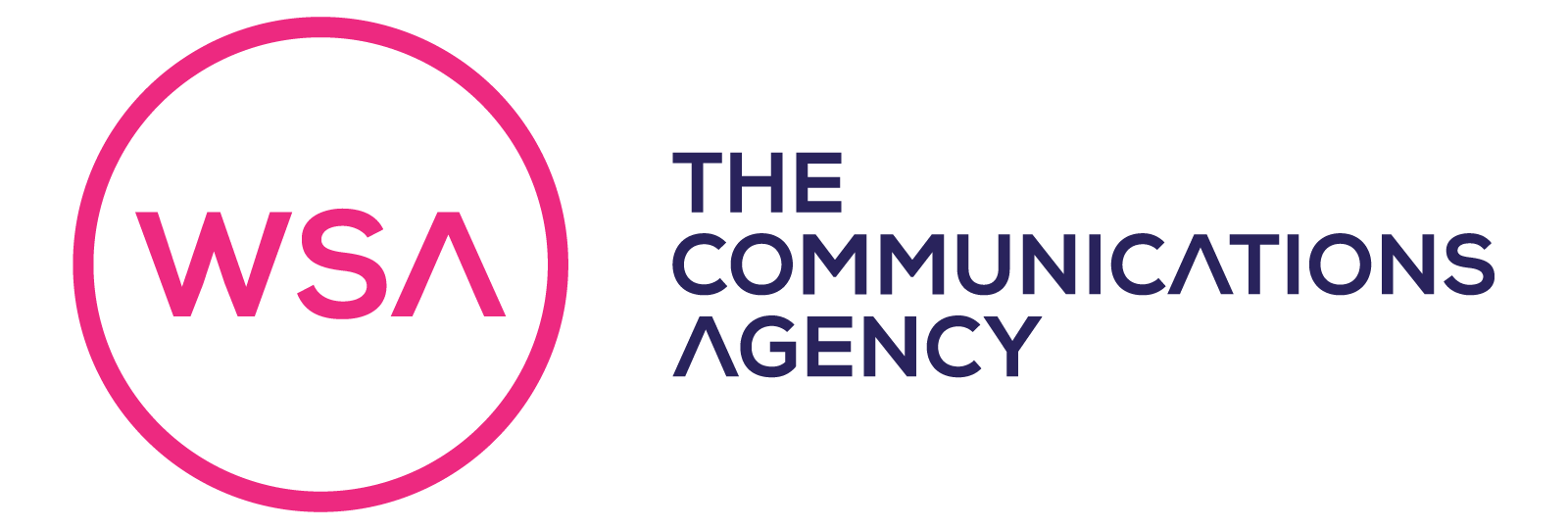For many, the ‘job for life’ mantra has become an outdated concept and the healthcare sector continues to struggle with staff retention, especially post-Covid. There has never been a more critical time for successful recruitment advertising in the industry.
Often faced with a dilemma of working for NHS (which generally remains nationally treasured) or moving to the private sector, healthcare professionals are in short supply in the UK, so competition for roles between public and private hospitals and care facilities is fierce. That’s where focused, strategic recruitment advertising can play dividends when attracting healthcare workers from a dwindling talent pool.
Marc Bransgrove, Account Director at WSA, has seen first-hand how NHS hospitals and privately run care companies are competing for qualified staff, or keen to secure career-switchers into the sector. Over to Marc…
It’s no longer the case that staff are purely enticed into a role due to salary. With Government-backed pay scales for NHS workers, salaries are banded throughout the country under the ‘Agenda for Change’ rules, so pay is fairer across all regions. Private companies may be less candid about pay scales and therefore other perks – or EVPs (Employee Value Propositions) can be stacked more favourably. We have seen the rise of the golden handshake, where private sector companies may welcome fresh staff or returning professionals with sums of money on joining. I’ve known of nursing bonuses of up to £10,000 – which is a sure incentive to attract candidates to their wards.
It’s not just about the payslip and perks though. Recruits want to choose companies that they feel they have a cultural fit with too. EVPs also encompass company commitments to its values, investments in Corporate Social Responsibility and Investors in People – which in a more culturally aware and diverse landscape are appealing. This is especially true for Gens X and Z, who look more to company ethics and processes before jumping on board. These are all important points to consider when marketing a role to attract the right people for your organisation.
Whilst EVP offerings can work in the private sector’s favour, many healthcare professionals have the dilemma of staying true to NHS roots – where they may have trained as students – and feel a kind of moral obligation to serve the nation’s healthcare system.
One advantage that the public sector can have with recruitment advertising is that job posts on sites like Indeed can have precedence over private adverts.
When searching for job roles on platforms such as Indeed, you’ll often notice that the NHS jobs are displayed more prominently than those of their private competitors. This is a bit of a throwback from Covid, where the UK is keen to get the NHS back on its feet after losing so many staff to burn-out or irregular shift patterns. It seems a conscious effort and for public sector recruitment, it’s a welcome shift. There is also a dedicated Government healthcare job site which is popular with newly qualified professionals, or those seeking promotion or relocation. However, if they fail to fill the positions, then sites like Indeed or Linked In can pick up the slack.
Nowadays, the web is often the first port of call for job seekers, so the digital element of recruitment marketing needs to be strong. Experience using programmatic and paid media, such as Google ads and social media advertising has shown that targeting candidates through social and SEO channels is essential in today’s market. Getting this combination right takes commitment to a strategic campaign – it’s not enough to just post a few ads and hope for the best, especially with such fierce competition across the sector.
So, if doctors and nurses are in short supply – what steps can organisations take to attract more workers to the sector?
There is a cry for Health Care Assistants (HCAs) at the moment. These are support staff who can then go on to gain qualifications if desired and train their way up the healthcare ladder.
To plug the shortage of staff in the sector, there’s been a huge drive to attract new people to HCA roles. These might be retail workers, warehouse staff or manual labourers who are looking to refocus their career, gain new skills and do a job that they feel is helping others and has true meaning. The opportunity to work either in the NHS or for a private hospital has never been better. In both sectors, training for staff who have worked as an HCA for a period of time can become available and the level of EVPs on offer too means it can be a win-win for a new career path.
To attract new blood to the sector, out-of-home (OOH) advertising – such as using bus backs, bus stop sites or petrol pump ad locations – ensures that a range of demographics are targeted. This kind of subliminal advertising, along with a radio or newspaper campaign has really helped to drive new candidates into HCA roles. Plus, the surge of digital channels now out there and the advertising opportunities that they bring is a bonus for companies as they are widely used by job seekers.
Often with the offer of an HCA role, other incentives are given on top of salaries such as free uniforms, parking spaces and a free lunch – which coupled with the cost-of-living crisis – are very incentivising for many. Education and training can also sit alongside an HCA job offer, allowing staff to train on the job in nursing qualifications. This kind of fresh career start is welcome for returning workers who may have paused a career to look after children at home or are just looking for something different.
Other recruitment advertising tactics can be employed to seek out high-calibre candidates for specialist healthcare roles or qualified doctors. Often these positions are headhunted, as specialists are less likely to apply for roles directly.
Highly skilled staff are in demand and it’s often the case that they can cherry-pick from positions out there in both the private and public sectors. In these cases, we would look at more tactical recruitment such as securing spots in the British Medical Journal – either through editorial (PR) or advertorial. A campaign might also include banner advertising on the BMJ website, print advertising and contacting potential candidates directly – either through platforms like LinkedIn or by phone. Using multi-touch points combining subliminal advertising with direct approaches works well when recruiting for positions like Clinical Psychologists or Surgeons.
Rather like house hunting, where there is seasonality to moving, the job market can reflect seasonal changes too. Recruitment drives can often come at the start of the year when people are looking to make a fresh start in January, spurred on by new year’s resolutions. University graduations also bring a raft of applicants around September time. These are prime opportunities for healthcare providers to showcase their offerings.

It’s widely known that healthcare organisations are recruiting from overseas, how does this compare in each sector?
With the shortage of skilled professionals in the UK, recruiting nurses and doctors from overseas is a tactic that has been employed for many years now. Around 16.5% of NHS workers are not British and their contribution is essential to the running of our UK hospitals and surgeries. However, there is a lot more red tape and restrictions surrounding public sector applications. Privately run companies are in a better position to recruit from overseas as they can often help practically and financially with relocation and visa costs, which can make it a smoother and quicker process for applicants.
When advertising for overseas staff we would look at various advertising methods, including online advertising, social media presence and print advertorials in targeted publications such as the BMJ. We also work closely with HR departments to ensure that the ads are well-targeted and written effectively to drive engagement with applicants.
Five key things to do before embarking on a recruitment campaign:
- Decide on a fixed budget for advertising, salaries and EVP offerings and pinpoint which locations and roles you need filling by priority.
- Review what advertising has been done already and assess what has worked well in the past and what’s not been so successful – only then put a plan of action in place.
- Consider who you are targeting – would print media, out-of-home advertising or radio be the best options? Or investigate recruitment platforms such as Indeed and LinkedIn.
- Write your ads – a well-written job post can be the best way to attract the highest calibre of staff. Consider your wording, layout and any quality, engaging pictures for inclusion. Using case studies, especially for HCA roles, can strike a chord with would-be applicants and encourage career switchers.
- Consider an agency – they have the media contacts, creative ideas to get your positions noticed, experience in the sector and can take a lot of the leg work out of the process by assisting your HR department. Agencies can also provide multi-stranded campaigns which dovetail advertising, social media and PR to ensure your company fills those vital positions and builds a strong reputation for your brand.
If you would like to learn more about our recruitment advertising services, please drop us a line.


